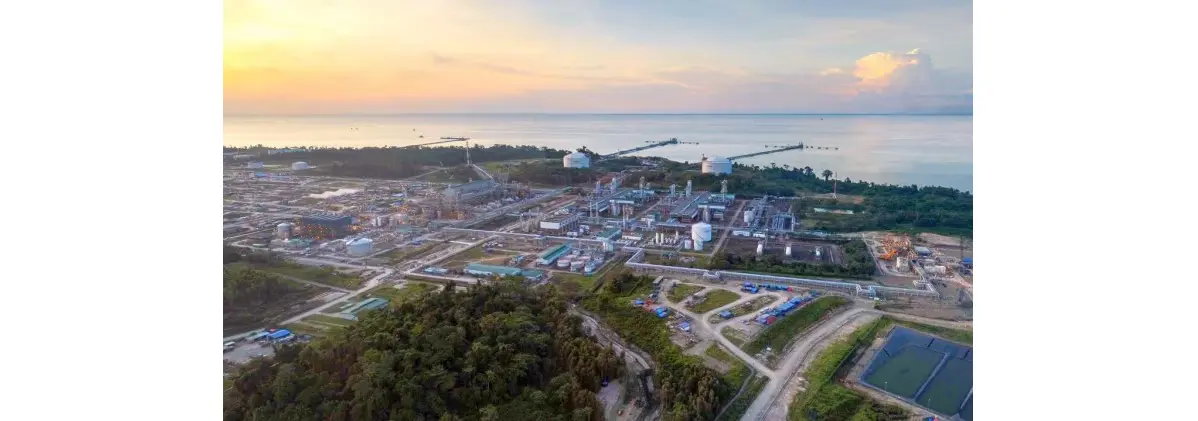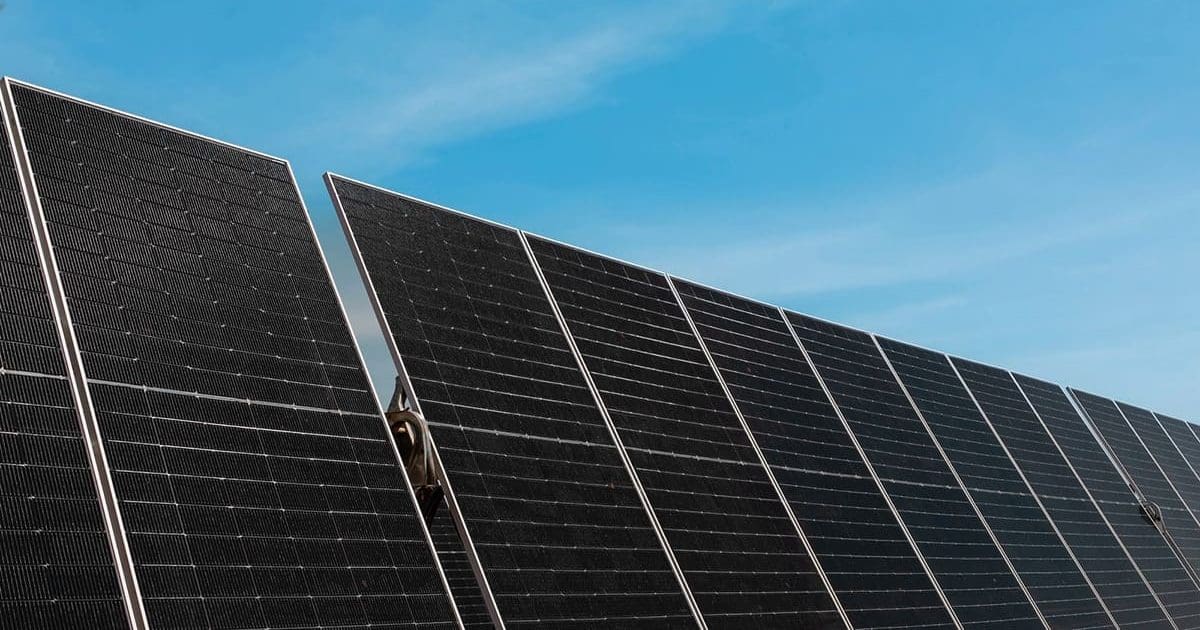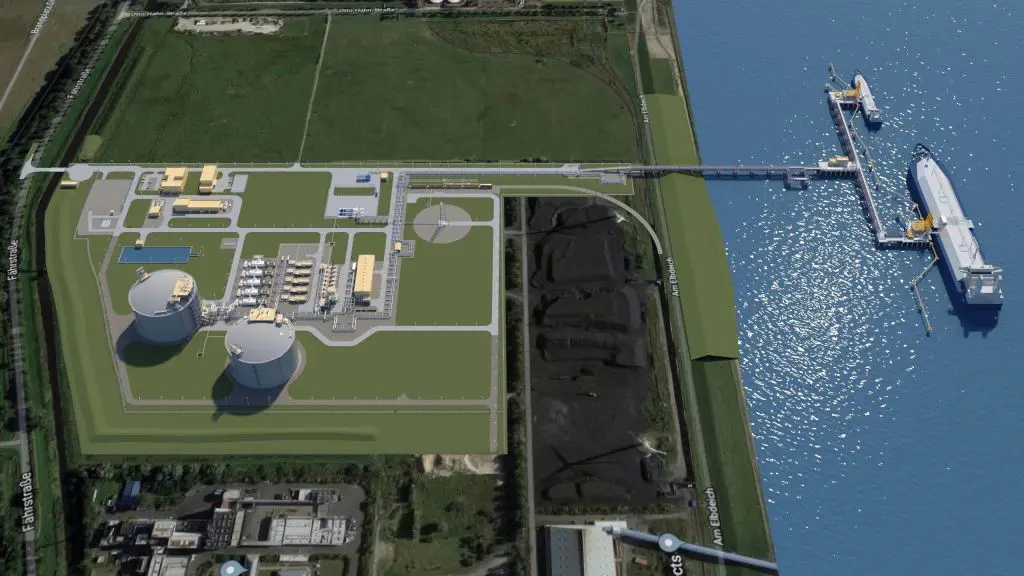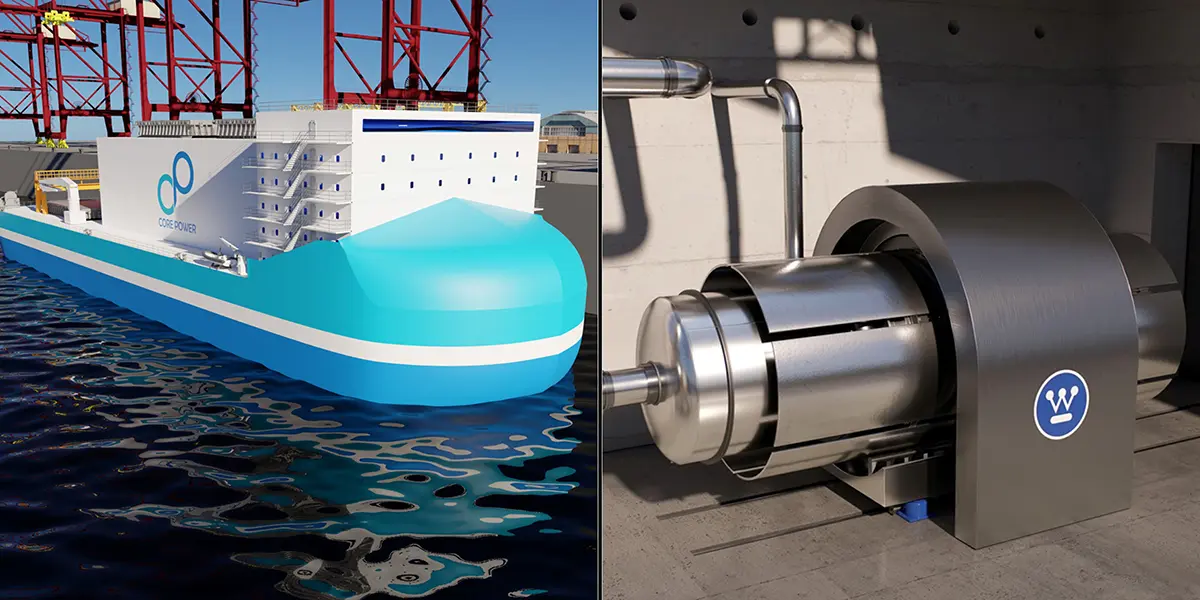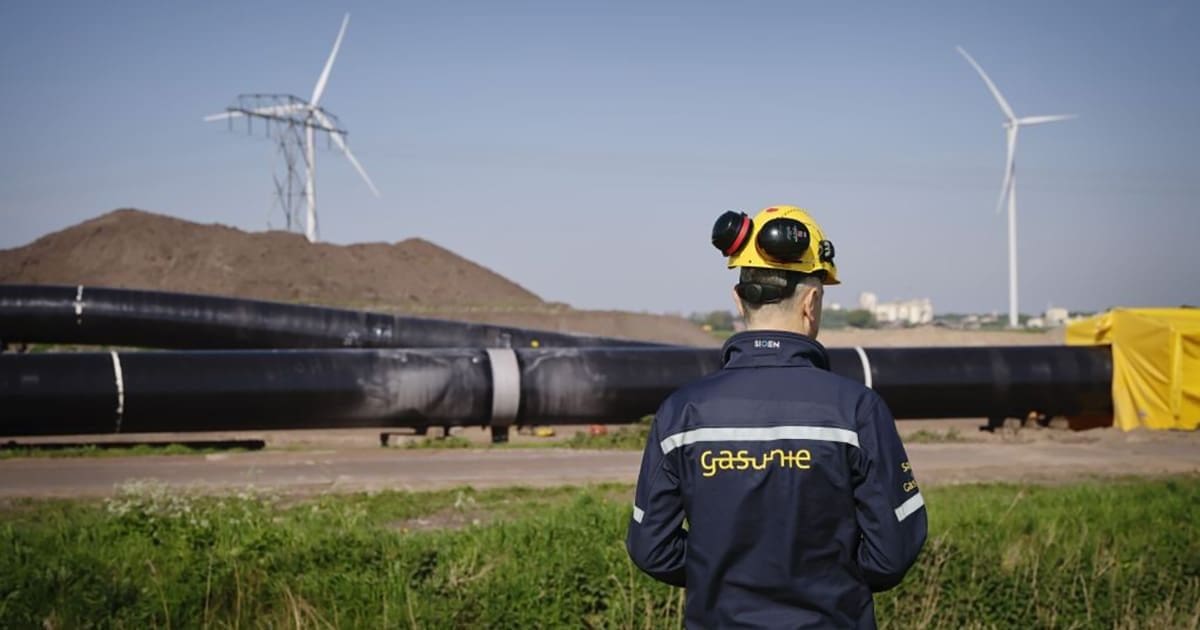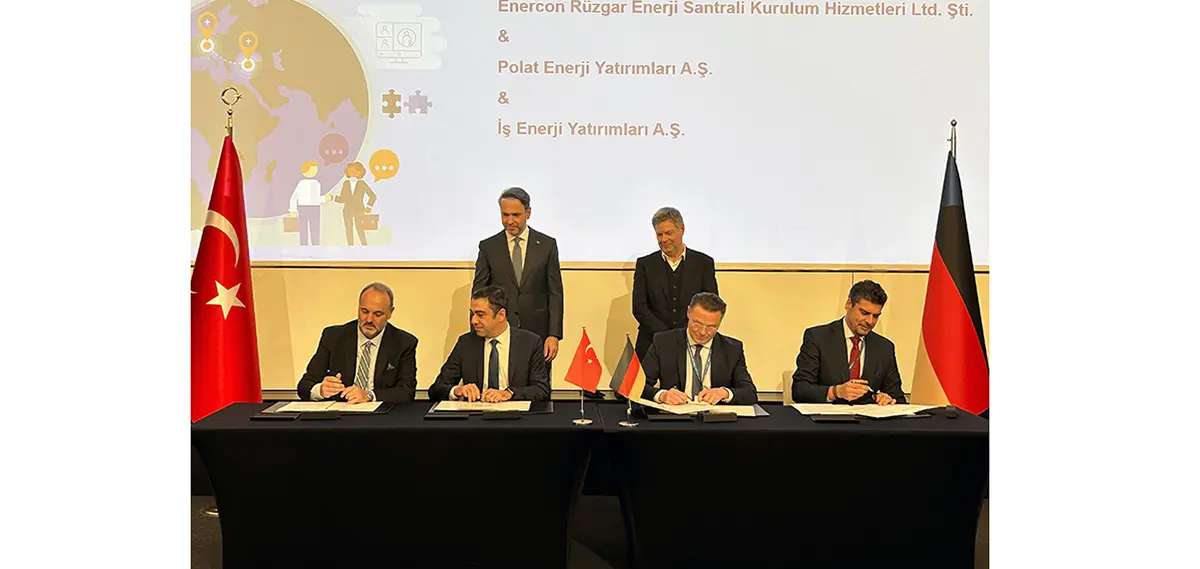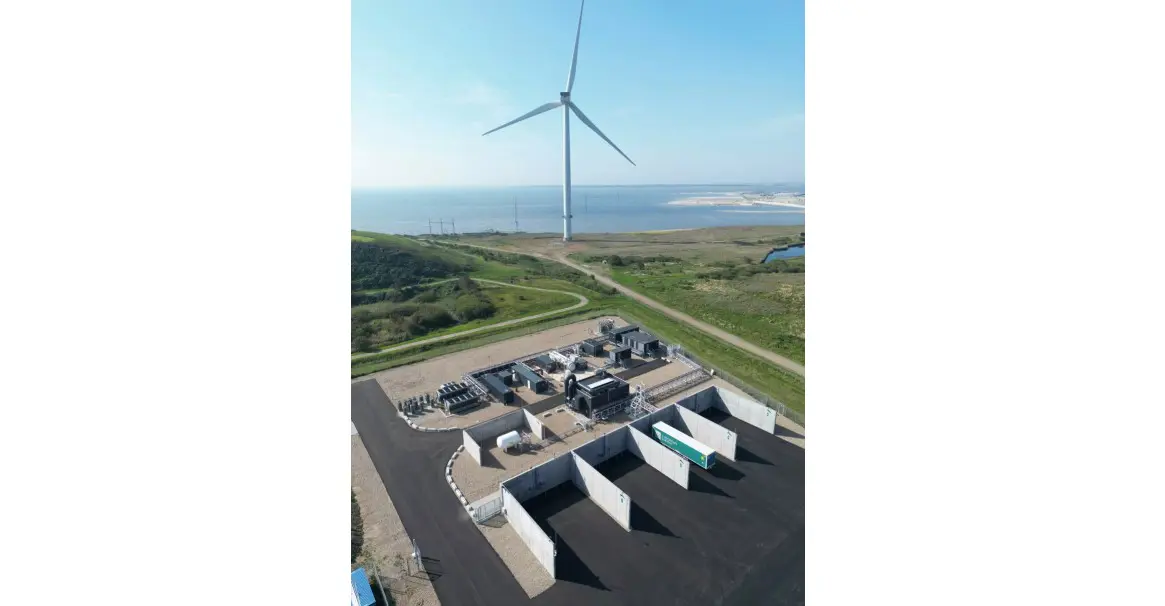
BP Says Time For H2Teesside
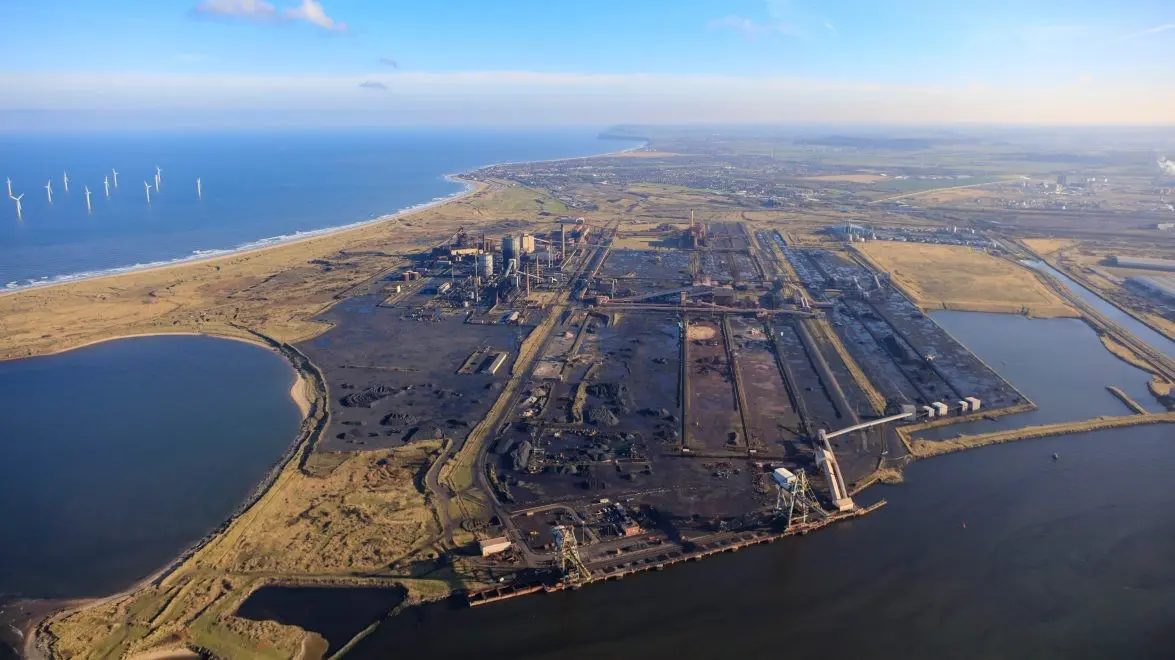
BP is developing plans for the UK’s largest blue hydrogen production facility. Targeting 1 GW of hydrogen production by 2030, the H2Teesside project will capture and send for storage up to two million tonnes of CO₂ per year.
The project would be located in Teesside in north-east England and, with a final investment decision in early 2024, could begin production in 2027 or earlier. BP has begun a feasibility study into the project to explore technologies that could capture up to 98% of carbon emissions from the hydrogen production process.
Blue hydrogen is produced by converting natural gas into hydrogen and CO₂, which is then captured and permanently stored. According to BP, H2Teesside would be integrated with the region’s already-planned Net Zero Teesside and Northern Endurance Partnership (NEP) carbon capture use and storage projects, both of which are led by BP as operator.
Aiming to accelerate the development of the hydrogen cluster, BP has made multiple agreements with possible partners. For example, BP has a memorandum of understanding (MoU) with Venator, one of the largest global producers of titanium dioxide pigments and performance additives, to scope the supply of clean hydrogen to the Teesside plant. BP also has an MoU with Northern Gas Networks, the gas distributor for the North of England, to work together to initiate decarbonization of the gas networks in the UK, helping to further decarbonize both industrial customers and residential homes through its gas network.
The H2Teesside project would be developed in stages, with an initial 500 MW of blue hydrogen capacity in production by 2027 or earlier and additional capacity to be deployed by 2030 as decarbonization of the industrial cluster and hydrogen demand increases. BP sees potential for further hydrogen demand in Teesside beyond 2030.
“Clean hydrogen is an essential complement to electrification on the path to net-zero carbon emissions,” said Dev Sanyal, BP’s head of gas and low carbon energy. “Blue hydrogen can also play an essential role in decarbonizing hard-to-electrify industries and driving down the cost of the energy transition.”

